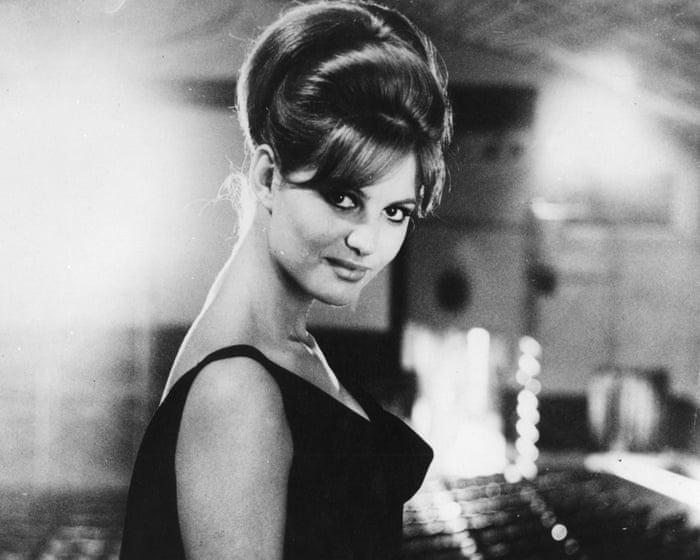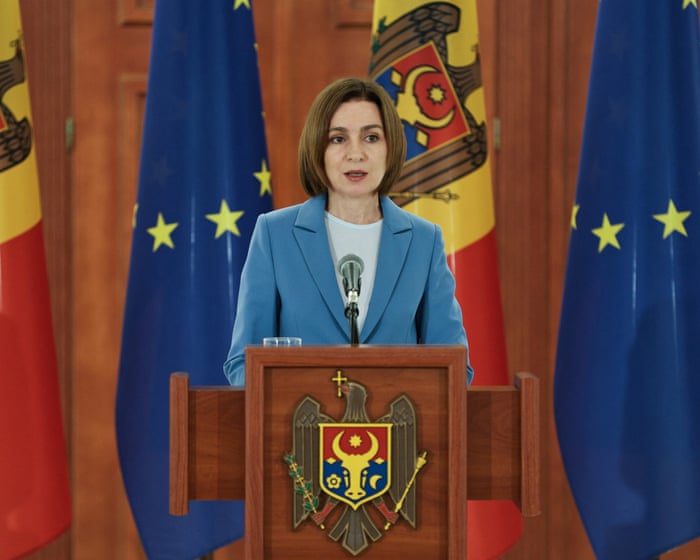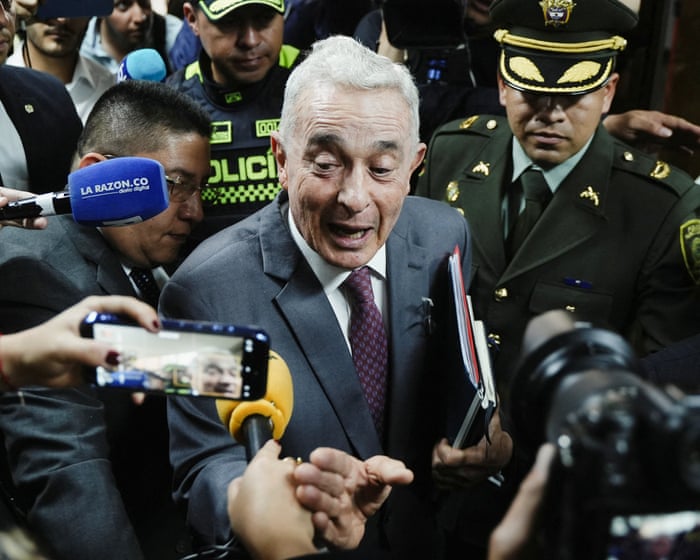Claudia Cardinale belonged to a celebrated group of Italian film stars who, after the war, made the leap from European cinema to Hollywood. Alongside Sophia Loren, Gina Lollobrigida, and Monica Vitti, she was admired by the American film industry not just for her beauty, but for a certain mystique—an exotic, almost feline allure combined with an air of resilience and even tragedy. Yet Cardinale possessed something unique among her peers: a natural simplicity and frankness that complemented her sensuality. She frequently starred alongside Alain Delon, whose own striking looks seemed to merge seamlessly with hers.
In Visconti’s 1960 masterpiece Rocco and His Brothers, Cardinale played Ginetta, a woman engaged to one of Rocco’s brothers from the rural south. Her parents react with open hostility when her fiancé’s entire family arrives in chaotic fashion. She shone again in Visconti’s The Leopard (1963), as Angelica, the daughter of a wealthy merchant. Burt Lancaster’s Prince openly admires her, even though she is engaged to his nephew Tancredi, played by Delon. In the film’s famous ballroom scene, she gracefully invites Lancaster’s aging aristocrat to dance, offering him a symbolic, elegant exit from his fading prestige.
Other major directors gave her notable roles. Alberto Cavalcanti cast her in the 1959 romantic comedy Venetian Honeymoon alongside Vittorio De Sica, and Abel Gance featured her as Napoleon’s sister Pauline in Austerlitz (1960). But the turning point in her early career came when Federico Fellini cast her in his self-reflective comedy 8½. She played an emerging film star whom Marcello Mastroianni’s creatively blocked director decides is his ideal woman—one he hopes will redeem his troubled protagonist, though she tells him such a figure is incapable of real love. It’s a subtle joke in the film that her surname evokes ideas of cardinal importance and truth.
She also delivered a memorable performance in Valerio Zurlini’s Girl With a Suitcase (1961), playing a young woman named Aida who survives on the fleeting affections of various enamored men.
Hollywood didn’t always make the most of her talent, though it made her an international star largely through her role as the glamorous, tipsy princess who owns the famous jewel in The Pink Panther—a film where, like many others, she was often overshadowed by Peter Sellers’ Inspector Clouseau. She also appeared in a number of generic war films, where her Italian image was considered fitting. Her most significant Hollywood-era role was in Sergio Leone’s epic western Once Upon a Time in the West (1968). As Jill, a former sex worker with a tough past who inherits a contested ranch, she embodied the film’s blend of Italian and Hollywood styles. Werner Herzog later cast her in a similar role as a brothel madame in Fitzcarraldo (1982).
Back in Italy, she worked with national icons like Franco Nero in the mafia drama The Day of the Owl (1968) and Alberto Sordi in the comedy A Girl in Australia, where she played a reformed woman with a heart of gold. Another award-winning role came in 1984’s Claretta, directed by her partner Pasquale Squitieri, in which she portrayed Benito Mussolini’s mistress.
Claudia Cardinale remains a vivid and extraordinary presence—a true icon of both Italian and Hollywood cinema.
Frequently Asked Questions
Of course Here is a list of FAQs about Claudia Cardinale and her unique relationship with Hollywood
Frequently Asked Questions about Claudia Cardinale
BeginnerLevel Questions
Q1 Who is Claudia Cardinale
A Claudia Cardinale is an iconic Italian film actress who rose to international fame in the 1950s and 1960s She is celebrated for her beauty strong screen presence and roles in classic European and Hollywood films
Q2 What does it mean that Hollywood didnt know how to capture her true essence
A It means that when she worked in Hollywood the studios often tried to fit her into generic glamorous roles that didnt showcase the unique combination of strength independence and earthy charm that made her so compelling in European films
Q3 Can you name some of her most famous movies
A Absolutely Some of her most acclaimed films include 8 by Federico Fellini The Leopard with Burt Lancaster Once Upon a Time in the West by Sergio Leone and Rocco and His Brothers
Q4 What is she best known for
A She is best known for her powerful performances in Italian and French cinema where she often portrayed complex spirited women Her role as Jill McBain in the epic spaghetti western Once Upon a Time in the West is particularly iconic
Advanced Detailed Questions
Q5 How did her European roles differ from her Hollywood roles
A In European films directors like Fellini and Visconti used her grit and intelligence giving her layered substantial roles In contrast Hollywood often presented her as just a beautiful love interest softening her strong personality and accent
Q6 What specific grit or strength did she possess
A Beyond her acting Cardinale was known for her personal independence and strong will She famously negotiated a contract that gave her control over her image and limited her time in Hollywood choosing to remain based in Europe to raise her son
Q7 Why is she considered such an important figure in film history
A She represents a bridge between European arthouse cinema and mainstream Hollywood Her career is a case study in how a unique international star can resist being typecast by




